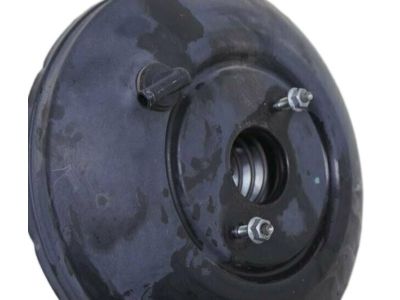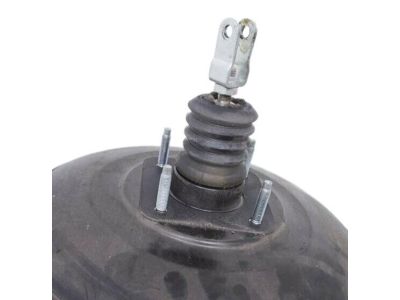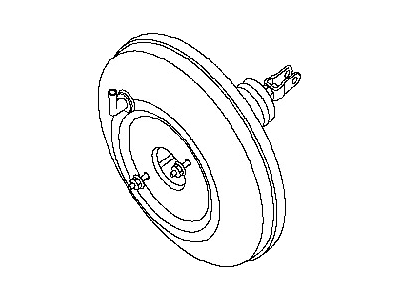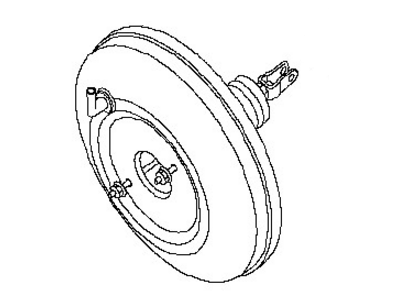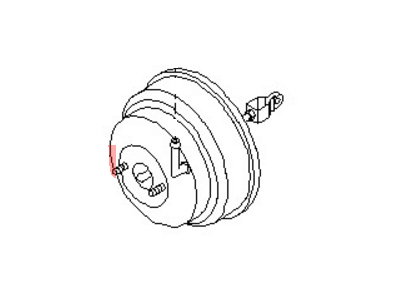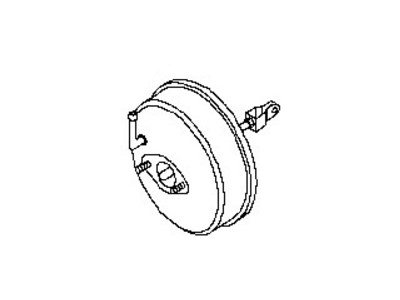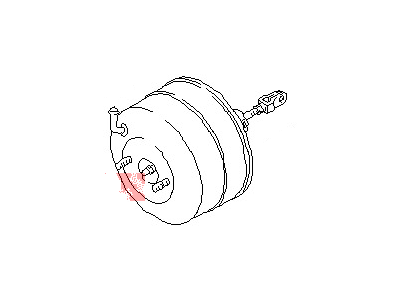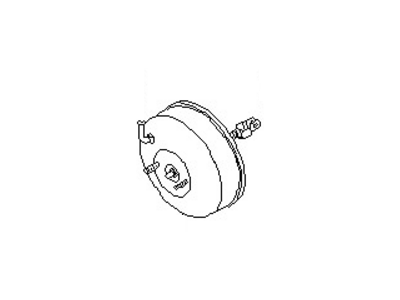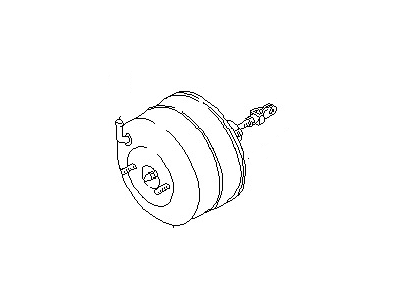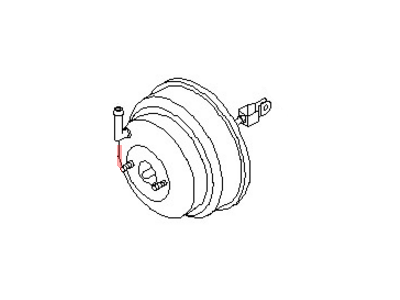×
- Hello
- Login or Register
- Quick Links
- Live Chat
- Track Order
- Parts Availability
- RMA
- Help Center
- Contact Us
- Shop for
- Nissan Parts
- Nissan Accessories

My Garage
My Account
Cart
Genuine Nissan Maxima Brake Booster
Brake Power Booster- Select Vehicle by Model
- Select Vehicle by VIN
Select Vehicle by Model
orMake
Model
Year
Select Vehicle by VIN
For the most accurate results, select vehicle by your VIN (Vehicle Identification Number).
16 Brake Boosters found

Nissan Maxima Booster Assy-Brake
Part Number: 47210-9N00A$212.91 MSRP: $294.23You Save: $81.32 (28%)Ships in 1-3 Business DaysNissan Maxima Booster Assy-Brake
Part Number: 47210-3TA0C$129.58 MSRP: $187.67You Save: $58.09 (31%)Ships in 1-3 Business DaysNissan Maxima Booster Assy-Brake
Part Number: 47210-3TA0A$145.62 MSRP: $215.63You Save: $70.01 (33%)Ships in 1-3 Business DaysNissan Maxima Booster Assy-Brake
Part Number: 47210-3TA0B$129.58 MSRP: $187.67You Save: $58.09 (31%)Ships in 1-3 Business Days
Nissan Maxima Brake Booster
If you need any OEM Nissan Maxima Brake Booster, feel free to choose them out of our huge selection of genuine Nissan Maxima Brake Booster. All our parts are offered at unbeatable prices and are supported by the manufacturer's warranty. In addition, we offer quick shipping to have your parts delivered to your door step in a matter of days.
Nissan Maxima Brake Booster Parts Questions & Experts Answers
- Q: How should Brake Booster be inspected and maintained on Nissan Maxima?A:In addition to the specified intervals, the brakes should be inspected every time the wheels are removed or whenever a defect is suspected. Symptoms that could indicate a potential brake system defect include the vehicle pulling to one side when the brake pedal is depressed, squealing or dragging noises when the brakes are applied, excessive brake pedal travel, a pulsating pedal, or brake fluid leaks, usually onto the inside of the tire or wheel. Begin by loosening the wheel lug nuts, then raise the vehicle and place it securely on jackstands before removing the wheels. Each caliper contains two pads (an outer and an inner) that are visible with the wheels removed. Check the pad thickness by looking at each end of the caliper and through the inspection window in the caliper body; if the lining material is less than the specified thickness, replace the pads, noting that the lining material is riveted or bonded to a metal backing plate, which is not included in this measurement. If it is difficult to determine the exact thickness of the remaining pad material, or if there are concerns about the condition of the pads, remove the caliper(s) and then the pads for further inspection. Once the pads are removed, clean them with brake cleaner and re-measure them with a ruler or a vernier caliper. Measure the disc thickness with a micrometer to ensure it has service life remaining; if any disc is thinner than the specified minimum thickness, replace it. Even if the disc has service life remaining, check its condition for scoring, gouging, and burned spots; if these conditions exist, remove the disc and have it resurfaced. Before installing the wheels, check all brake lines and hoses for damage, wear, deformation, cracks, corrosion, leakage, bends, and twists, particularly near the rubber hoses at the calipers, ensuring that all hoses and lines are clear of sharp edges, moving parts, and the exhaust system. If any issues are noted, repair, reroute, or replace the lines or fittings as necessary. To check the brake booster, sit in the driver's seat and perform a series of tests: with the brake fully depressed, start the engine; the pedal should move down slightly when the engine starts. With the engine running, depress the brake pedal several times; the travel distance should not change. Depress the brake, stop the engine, and hold the pedal in for about 30 seconds; the pedal should neither sink nor rise. Restart the engine, run it for about a minute, and turn it off, then firmly depress the brake several times; the pedal travel should decrease with each application. If the brakes do not operate as described, the brake booster has failed. For the parking brake, one method of checking it is to park the vehicle on a steep hill with the parking brake set and the transmission in Neutral; if the parking brake cannot prevent the vehicle from rolling, it needs adjustment. On 2004 and later models, inspect the parking brake shoes for wear; the lining material on the parking brake shoes can be seen by pulling the adjusting hole plug out of the rear brake disc and looking into it with a flashlight while rotating the disc. If the friction material is worn thinner than the limit, replace the parking brake shoes.
Related Nissan Maxima Parts
Browse by Year
2023 Brake Booster 2022 Brake Booster 2021 Brake Booster 2020 Brake Booster 2019 Brake Booster 2018 Brake Booster 2017 Brake Booster 2016 Brake Booster 2014 Brake Booster 2013 Brake Booster 2012 Brake Booster 2011 Brake Booster 2010 Brake Booster 2009 Brake Booster 2008 Brake Booster 2007 Brake Booster 2006 Brake Booster 2005 Brake Booster 2004 Brake Booster 2003 Brake Booster 2002 Brake Booster 2001 Brake Booster 2000 Brake Booster 1999 Brake Booster 1998 Brake Booster 1997 Brake Booster 1996 Brake Booster 1995 Brake Booster 1994 Brake Booster 1993 Brake Booster 1992 Brake Booster 1991 Brake Booster 1990 Brake Booster 1989 Brake Booster 1988 Brake Booster 1987 Brake Booster 1986 Brake Booster 1985 Brake Booster
